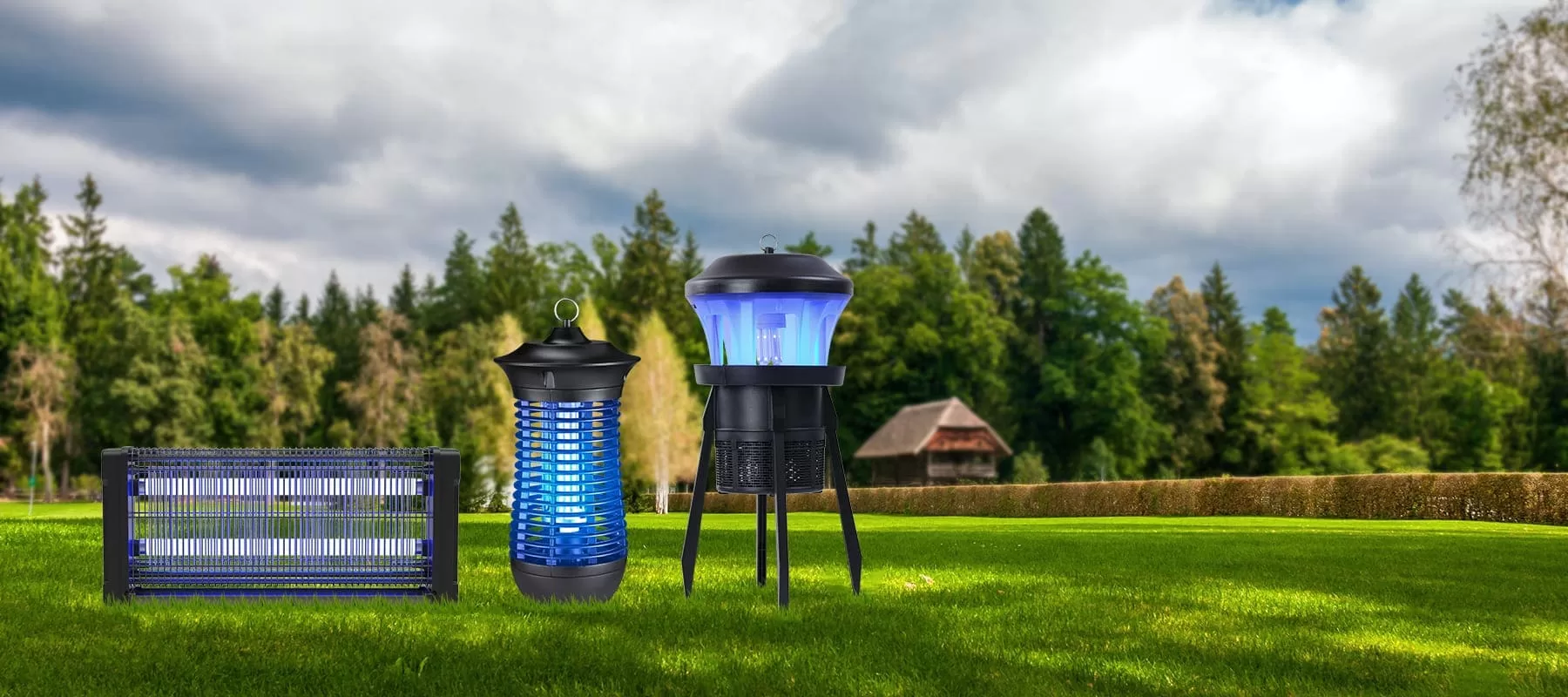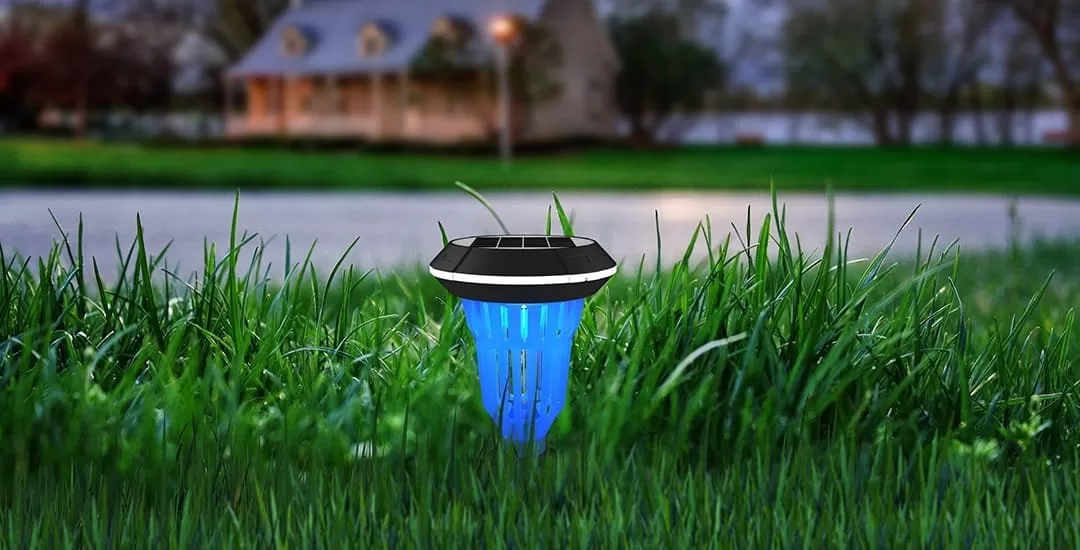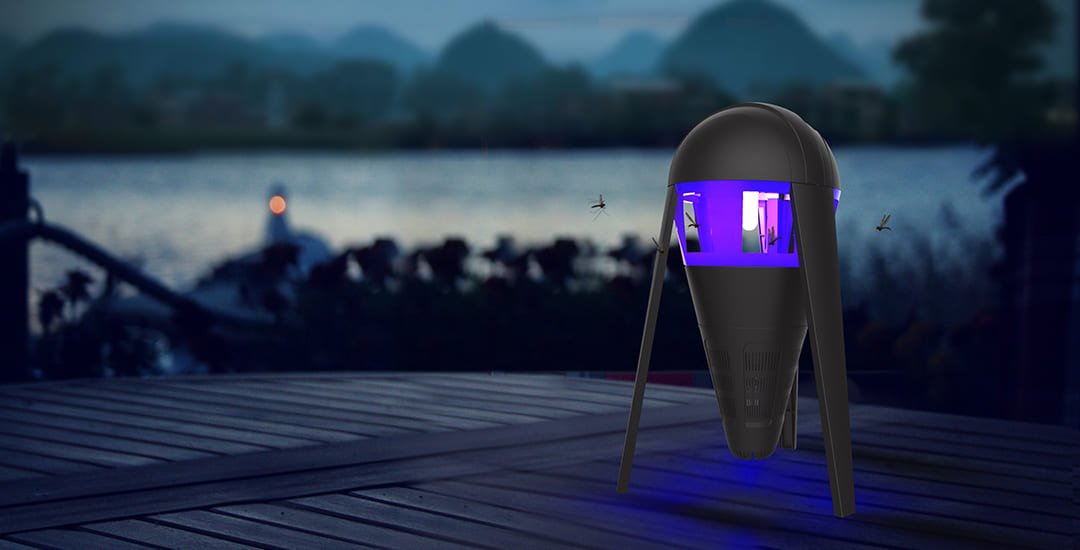Introduction:
In the realm of fly control, Electronic Fly Traps (EFTs) are essential tools in commercial and industrial environments. These devices utilize ultraviolet (UV) lamps to attract and eliminate flying insects, contributing to a cleaner and more hygienic space. Despite the focus on lamp wattage as a key factor in fly trap performance, not all fly traps are created equal even when equipped with identical lamp wattage. In this blog, we delve into the nuances that set different fly traps apart and why wattage alone does not guarantee the same level of effectiveness.
Understanding the Role of Lamp Wattage in Fly Traps:
Lamp wattage serves as a crucial component of Electronic Fly Traps, influencing the intensity and reach of the UV light emitted. Higher wattage lamps can attract insects from a greater distance, increasing the trap’s efficiency in capturing flying pests. However, the relationship between lamp wattage and trap performance is more complex than a simple “bigger is better” mentality. Other factors such as trap design, placement, and maintenance also play significant roles in determining overall effectiveness.
Factors That Differentiate Fly Traps Beyond Wattage:
- Trap Design: The design of a fly trap significantly impacts its ability to capture and retain flying insects. Factors such as the arrangement of UV lamps, reflective surfaces, airflow dynamics, and capture mechanisms all contribute to the trap’s efficiency. A well-designed fly trap can maximize the effectiveness of identical wattage lamps compared to a poorly designed one.
- UV Spectrum and Intensity: The quality of UV light emitted by the lamps, including the spectrum and intensity, can vary between different fly traps. High-quality lamps with optimized UV output in the attractive range for flying insects enhance the trap’s effectiveness. Even with identical wattage, differences in UV spectrum and intensity can impact the trap’s attractiveness to pests.
- Maintenance and Cleaning: Regular maintenance and cleaning of fly traps are essential for optimal performance. Accumulation of dust, debris, or dead insects on the lamps or trapping surfaces can reduce the trap’s effectiveness, regardless of lamp wattage. Proper upkeep ensures that the trap functions efficiently over time.
Conclusion:
In the world of fly traps, not all devices are created equal, even if they share identical lamp wattage. While wattage plays a significant role in attracting flying insects, other factors such as trap design, UV spectrum, intensity, and maintenance are equally important in determining overall effectiveness. By understanding the nuances that differentiate fly traps and going beyond just wattage considerations, businesses can make informed decisions when selecting the most suitable trap for their specific needs. Remember, the true efficacy of a fly trap lies in the harmonious interplay of multiple factors, not just the number of watts it consumes.







